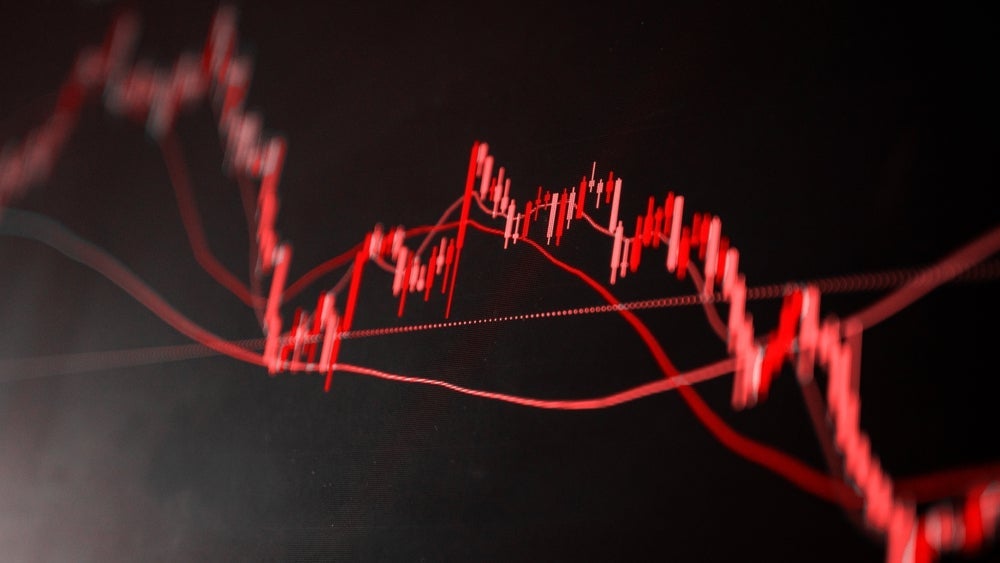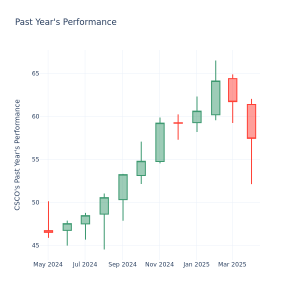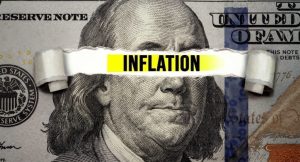
The S&P 500 and the Dow Jones Industrial Average indices appear to be tracing a concerning pattern of consecutive steep declines, a phenomenon last witnessed during the Great Depression.
What Happened: According to the historical data shared by analysts, both the key indices have triggered a rare sell-off signal.
Ryan Detrick, the chief market strategist of Carson Research, highlighted in an X post that if the S&P 500 closes down by 4% on Monday, it would mark the third consecutive day of a 4% or greater decline. He states that this has only happened three times in history, all during the Great Depression.
Similarly, Jason Goepfert, a consultant at White Oak Consultancy LLC, notes that futures indicate a loss greater than 3% for the Dow Jones. If this occurs, it would also be the third consecutive loss greater than 3%, which has only happened four times during the Great Depression.
The Sentimentrader graph provides a glimpse into the Dow’s performance following these historical “signal dates.” The data reveal a mixed bag of outcomes over the subsequent weeks and months, underscoring the uncertainty, even after such historically significant events. Returns ranged from substantial gains to significant losses across various timeframes.
See Also: Recession Imminent? Analyst Flags 60% Market Crash Risk Under Worst Tariff Scenario: ‘It’s Messy’
Why It Matters: As of Friday, the S&P 500 was nearing the bear market zone as it closed 17.46% lower than its previous record high of 6,147.43 points. Dow was 14.99% down from its 52-week high of 45,073.63 points, whereas the Nasdaq 100 was already in the bear market territory, 21.71% lower from its high of 22,222.61 points.
The catalyst for this dramatic market selloff was President Donald Trump‘s sweeping new tariffs on imports from U.S. trading partners, introduced on Wednesday after market close. This triggered a crash on Thursday and Friday, when China announced its retaliatory measures.
The magnitude of these consecutive drops has drawn stark comparisons to the Great Depression, a period marked by severe economic contraction, widespread unemployment, and a catastrophic stock market crash.
As of Monday, the futures of Dow Jones were lower by 2.68%, whereas S&P 500 dropped 3.50% and the Nasdaq 100 declined by 4.44%.
Price Action: The SPDR S&P 500 ETF Trust SPY and Invesco QQQ Trust ETF QQQ, which track the S&P 500 index and Nasdaq 100 index, respectively, slumped on Monday. The SPY was down 5.85% to $505.28, while the QQQ declined 6.21% to $422.67, according to Benzinga Pro data.
Read Next:
Photo courtesy: Shutterstock
Momentum62.00
Growth–
Quality–
Value–
Market News and Data brought to you by Benzinga APIs
© 2025 Benzinga.com. Benzinga does not provide investment advice. All rights reserved.



